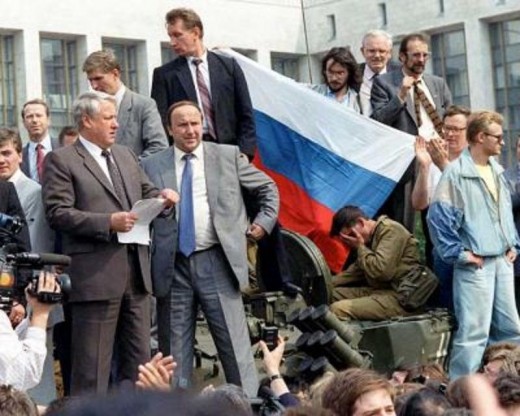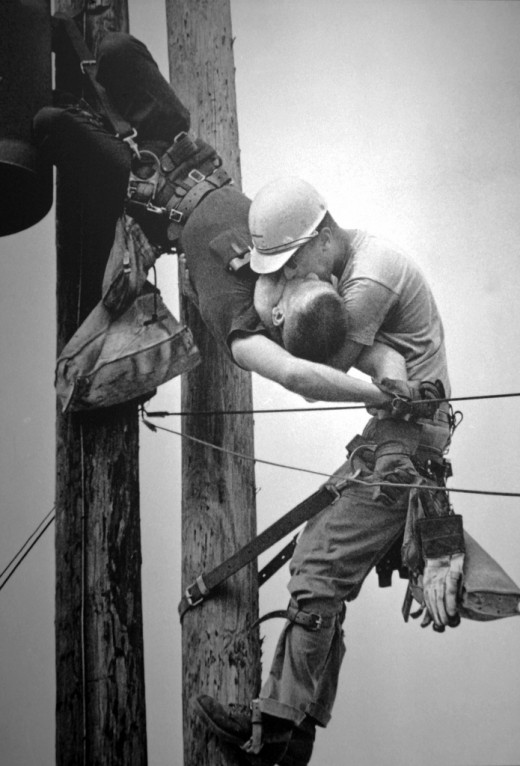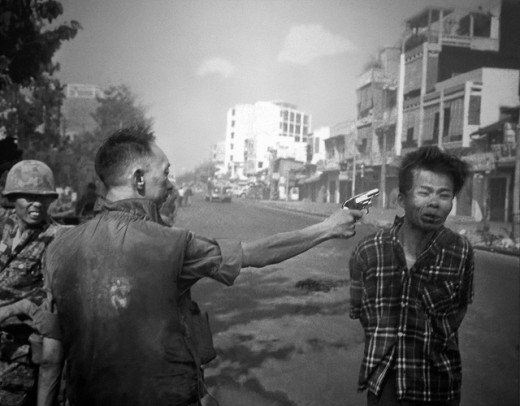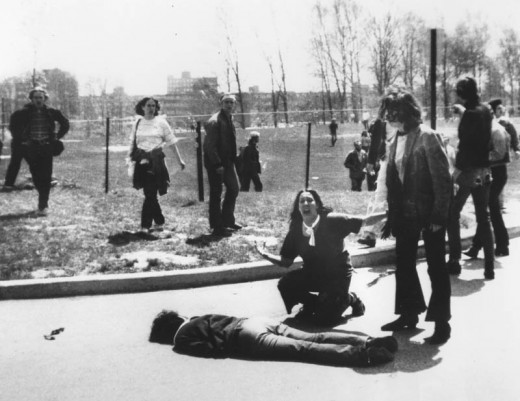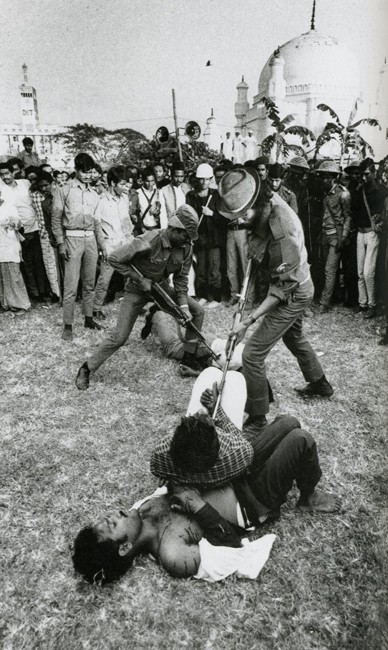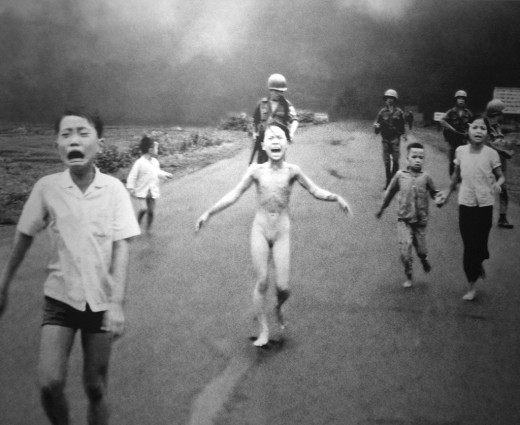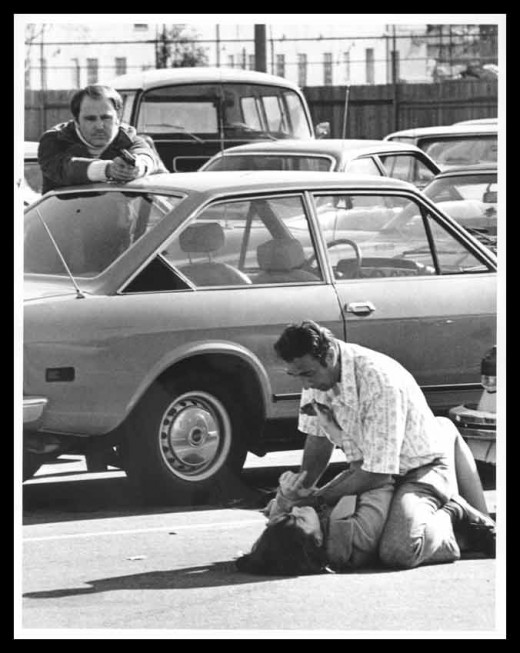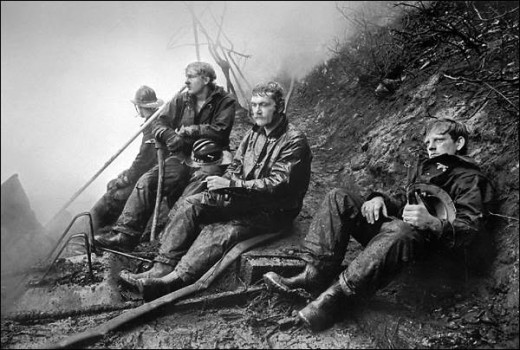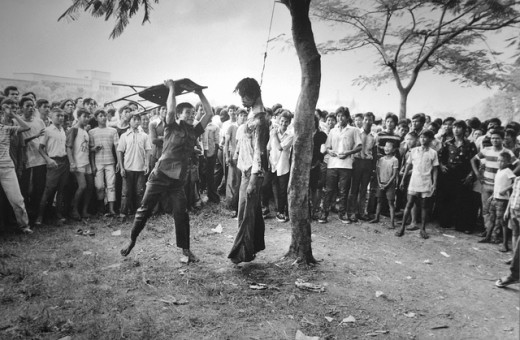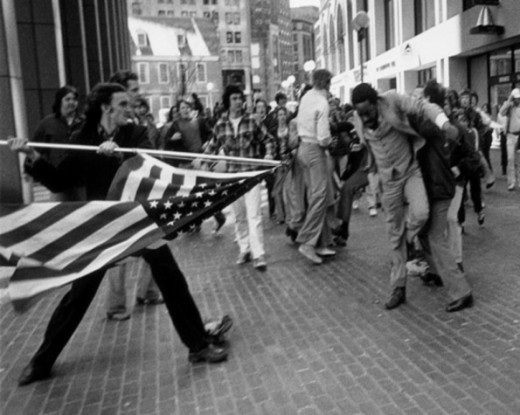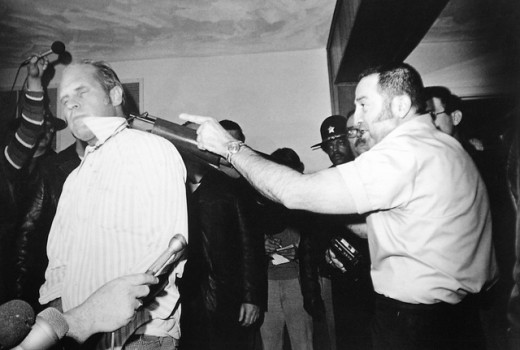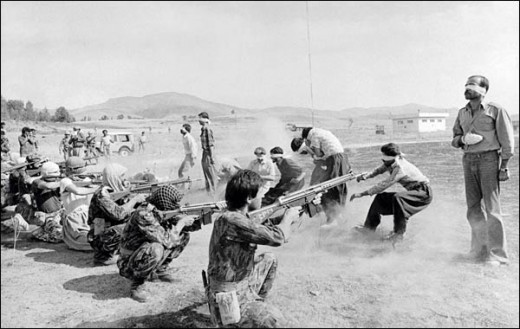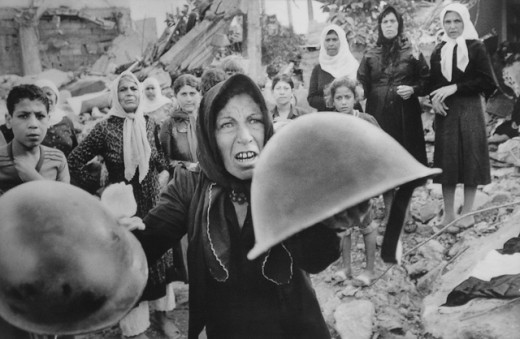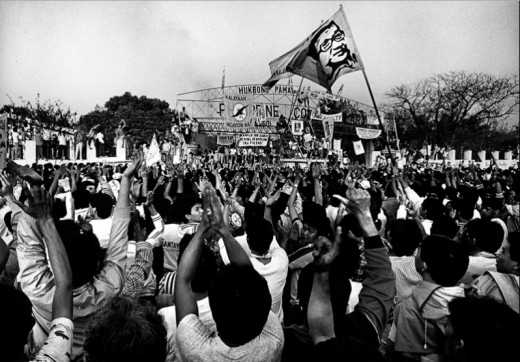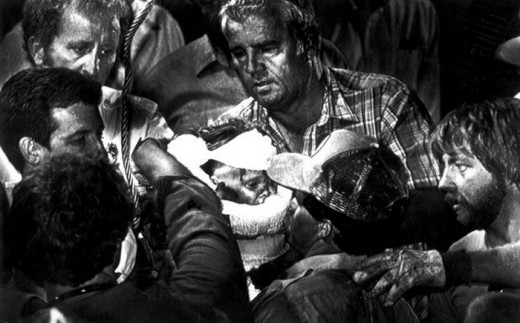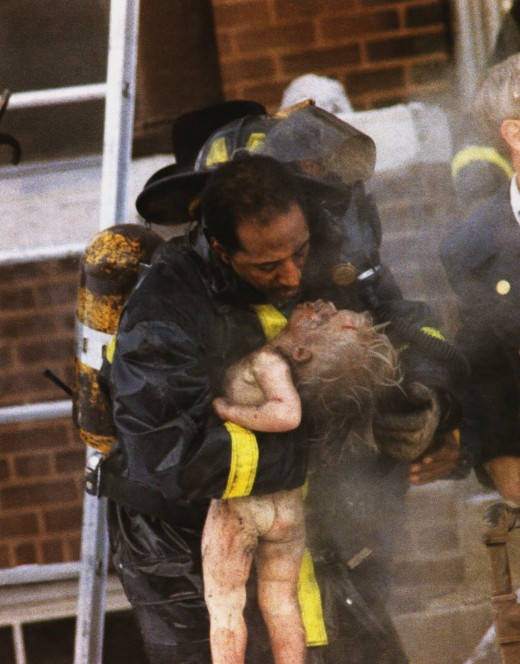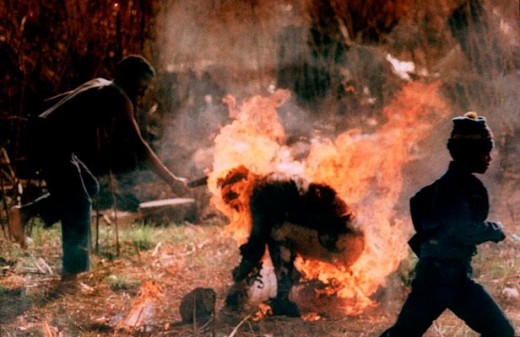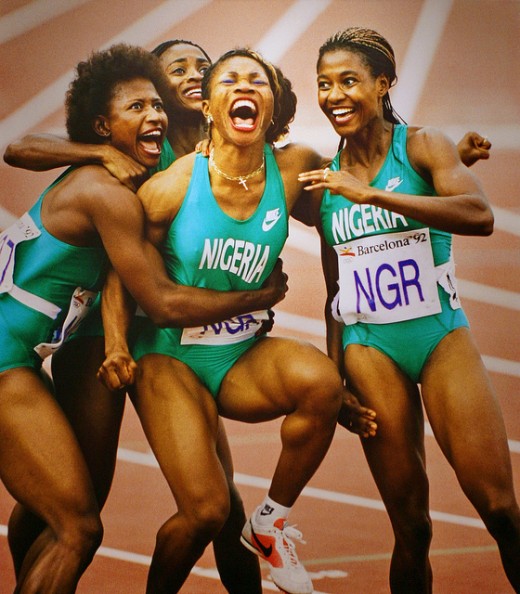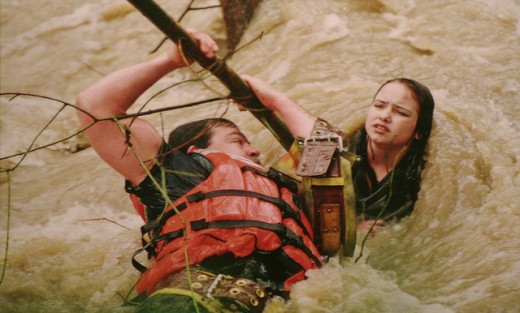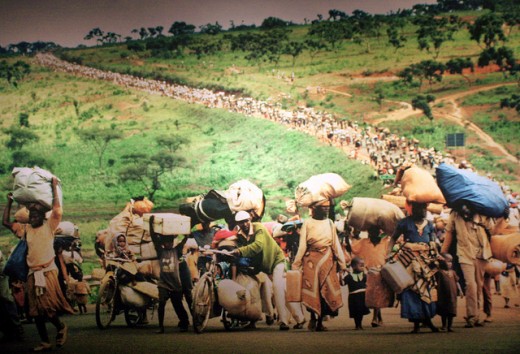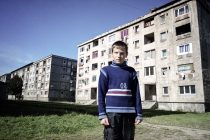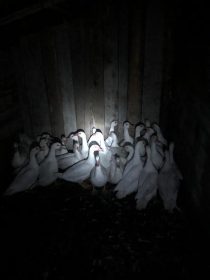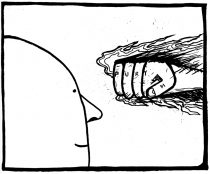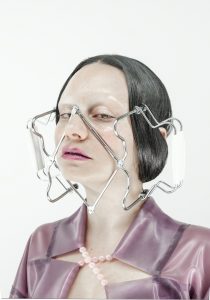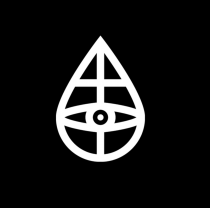Pulitzer for Spot News Photography, 1968-1999
|
Bangkok, tragedia de la Kent State University, Iran, Liberia, tentativa de asasinare a lui Reagan, Lebanon, cutremurul din 1989, căderea regimului comunist, criza din Haiti, conflictul din Rwanda şi Burundi, bombardamentul asupra Kenyiei şi Tanzaniei sunt câteva din personajele fotografiilor de presă recompensate cu Pulitzer Prize for Spot News Photography, care, începând din 2000, a fost redenumit Pulitzer Prize for Breaking News Photography. În ordine cronologică, Pulitzer Prize for Spot News Photography a fost acordat lui: 1968: Rocco Morabito, Jacksonville Journal – For his photograph, “The Kiss of Life.” 1969: Edward T. Adams, Associated Press – For his photograph, “Saigon Execution.” 1970: Steve Starr, Associated Press, Albany (NY) Bureau – For his news photo taken at Cornell University, “Campus Guns.” 1971 – John Paul Filo, Valley Daily News and Daily Dispatch, Tarentum and New Kensington, PA – For his pictorial coverage of the Kent State University tragedy on May 4, 1970. 1972: Horst Faas and Michel Laurent, Associated Press – For their picture series, “Death in Dacca.” 1973: Huynh Cong Ut, Associated Press – For his photograph, “The Terror of War,” depicting children in flight from a napalm bombing. 1974: Anthony K. Roberts, a free-lance photographer of Beverly Hills, CA – For his picture series, “Fatal Hollywood Drama,” in which an alleged kidnapper was killed. 1975: Gerald H. Gay, The Seattle Times – For his photograph of four exhausted firemen, “Lull in the Battle.” 1977: Neal Ulevich, Associated Press – For a series of photographs of disorder and brutality in the streets of Bangkok. 1977: Stanley Forman, Boston Herald American – For his photograph of a youth using the flag as a lance in street disorders. 1978: John H. Blair, United Press International, a special assignment photographer – For a photograph of an Indianapolis broker being held hostage at gunpoint. 1979: Thomas J. Kelly III, Pottstown (PA) Mercury – For a series called “Tragedy on Sanatoga Road.” 1980: Jahangir Razmi Ettela’at, Iran – For the photograph “Firing Squad in Iran” that was distributed by United Press International. The photographer remained anonymous until his identity was revealed, with his consent, by Josh Prager of The Wall Street Journal in 2006. 1981: Larry C. Price, Fort Worth (TX) Star-Telegram – For his photographs from Liberia. 1982: Ron Edmonds, Associated Press – For his coverage of the Reagan assassination attempt. 1983: Bill Foley, Associated Press – For his moving series of pictures of victims and survivors of the massacre in the Sabra Camp in Beirut. 1984: Stan Grossfeld, The Boston Globe – For his series of unusual photographs which reveal the effects of war on the people of Lebanon. 1985: Photography Staff, The Register, Santa Ana, CA – For their exceptional coverage of the Olympic games. 1987: Kim Komenich, San Francisco Examiner – For his photographic coverage of the fall of Ferdinand Marcos. 1988: Scott Shaw, Odessa (TX) American – For his photograph of the child Jessica McClure being rescued from the well into which she had fallen. 1989: Ron Olshwanger, free-lance photographer – For a picture published in the St. Louis Post-Dispatch of a firefighter giving mouth-to-mouth resuscitation to a child pulled from a burning building. 1990: Photo Staff, The Tribune, Oakland, CA – For photographs of devastation caused by the Bay Area earthquake of October 17, 1989. 1991: Greg Marinovich, Associated Press – For a series of photographs of supporters of South Africa’s African National Congress brutally murdering a man they believed to be a Zulu spy. 1992: Staff Associated Press – For photographs of the attempted coup in Russia and the subsequent collapse of the Communist regime. 1993: Ken Geiger and William Snyder, The Dallas Morning News – For their dramatic photographs of the 1992 Summer Olympics in Barcelona. 1994: Paul Watson – The Toronto Star For his photograph, published in many American newspapers, of a U.S. soldier’s body being dragged through the streets of Mogadishu by a mob of jeering Somalis. 1995: Carol Guzy, The Washington Post – For her series of photographs illustrating the crisis in Haiti and its aftermath. 1996: Charles Porter IV, a freelancer – For his haunting photographs, taken after the Oklahoma City bombing and distributed by the Associated Press, showing a one-year-old victim handed to and then cradled by a local fireman. 1997: Annie Wells, The Press Democrat, Santa Rosa, CA – For her dramatic photograph of a local firefighter rescuing a teenager from raging floodwaters. 1998: Martha Rial, Pittsburgh Post-Gazette – For her life-affirming portraits of survivors of the conflicts in Rwanda and Burundi. 1999: Photo Staff, Associated Press – For its portfolio of images following the embassy bombings in Kenya and Tanzania that illustrates both the horror and the humanity triggered by the event. Sursa fotografiilor, Retronaut. Comentarii |
